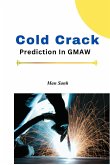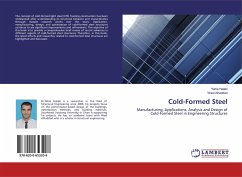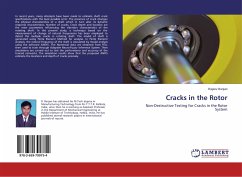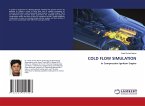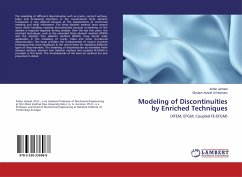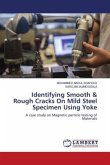This textbook describes the content of optimizing and predicting the parameters that influence the cold crack formation in the High Strength Low Alloy Steel 950A. High strength low alloy steel (HSLA) has been in use in workshops since the 1980s. Cold cracking is a common problem associated with welding of HSLA steels. It is thus becoming mandatory to have a novel method of welding to minimize the effects of cold cracking in such steels. The objective of the thesis is to improve the cold cracking resistance of HSLA 950A using the process gas Metal Arc Welding (GMAW). The parameters influencing the cold cracking of HSLA steel are preheating temperature oxide particles content and heat input. These parameters are optimized to achieve high resistance to cold cracking technique using Taguchi and Response surface methodology. The response in this study is taken impact strength. For effectively predict the response using the given input parameters, Artificial Neural Networks (ANN) is used. A three-layer feed-forward back propagation algorithm is used in Ann. Gray Relation Analysis (GRA) technique has been used to perform multi objective optimization.
Bitte wählen Sie Ihr Anliegen aus.
Rechnungen
Retourenschein anfordern
Bestellstatus
Storno


